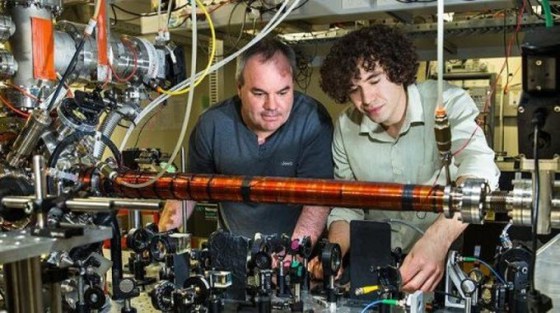
According to a well-known theory in quantum physics, a particle’s behavior changes depending on whether there is an observer or not. It basically suggests that reality is a kind of illusion and exists only when we are looking at it. Numerous quantum experimentswere conducted in the past and showed that this indeed might be the case. Now, physicists at the Australian National University have found further evidence for the illusory nature of reality. They recreated theJohn Wheeler’s delayed-choice experiment and confirmed thatreality doesn’t exist until it is measured, at least on the atomic scale. Thought-provoking findings Some particles, such as photons or electrons, can behave both as particles and as waves.Here comes a question of what exactly makes a photon or an electron act either […] Read More

